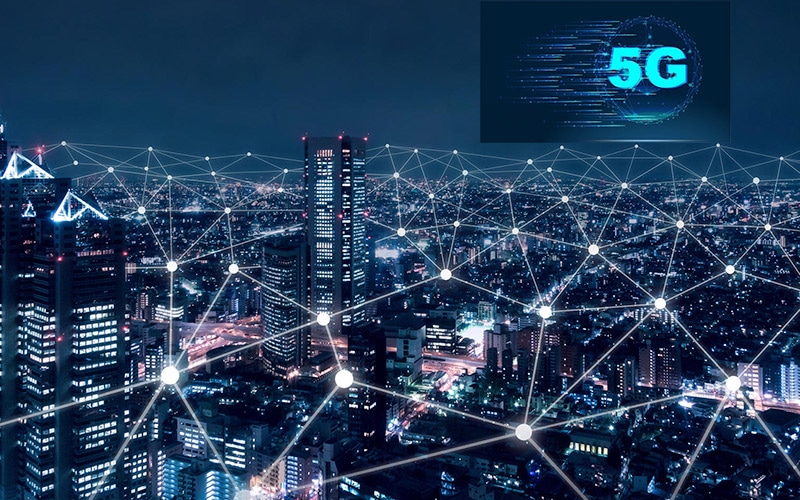This article discusses the topic of 5G radiation. It is a non-ionizing electromagnetic radiation. Since 5G radiation is small, it doesn't possess the capability of breaking chemical bonds in biological tissues or cause any alteration to cells. It is not known whether the effects of 5G radiation alter the risk of skin cancer, and there is no evidence that exists to suggest that it can cause any other diseases.
Radiation from high-frequency millimeter waves
High-frequency millimeter-wave radiation from mobile phones and wireless networks may cause health effects to human beings. There are a few different ways that this radiation can cause harm. In some instances the radiation could cause damage to the person's DNA. In other cases, it may cause damage to other areas within the body including the brain.
Recent research has shown that 5G technology could cause thermal heating in tissues. In the aftermath, the International Council on Non-Ionizing Radiation Protection (ICNIRP) has asked for a review of the existing safety standards for biological and thermal safety. The current standards of exposure are not adequate to protect individuals from excessive heating in the event of exposure to pulsed millimeter wave radiation.
5g towers radiation
There isn't a definitive answer to the issue of whether radiation from 5G could cause skin cancer. It is thought that 5G RF-EMFs behave much similar to high-LET ionizing radio waves. In turn, they can produce excessive levels of free radicals in the skin. The FCC hasn't issued any specific guidelines regarding the risks of 5G technology. The debate continues.
Although there are a number of studies that examine the effects of radio waves with higher frequencies on the health of humans but they've remained limited in scope. However, there is concern over the effects of millimeter-wavelength exposure on oxidative stress and gene expression. These effects may extend to the skin as well as other organs, such as the brain.
Impact on other illnesses
A new generation of wireless technology called 5G is rapidly gaining ground, but scientists are concerned about the possible health risks. The technology will dramatically increase the quantity of electromagnetic radiation that is found in our environment. This is a problem that has caused debate in several nations, including Switzerland. In September 2017, 390 scientists and doctors supported a motion for the suspension of 5G technology. This motion was not heeded by the European Commission, which is responsible for regulating the use of 5G technology.
Therefore, more research is needed to assess the health effects of 5G. In the meantime, studies have shown that 5G does not cause the same negative effects in humans as the old mobile networks. 5g radiation symptoms does not spread an entirely new strain of coronavirus. Additionally 5g radiation doesn't make people more vulnerable to viral infections.

The measurement of exposure
Measurement of exposure to radiation from 5G is an essential component of making sure that 5G networks are safe. There are two methods to gauge exposure. One is to measure the RF power absorption by human tissue. The other is measuring the quantity of radiofrequency energy released by an object. Radiofrequency energy (RF) refers to an electromagnetic field of energy that comes through radio transmitters.
The United States, the FCC has set a limit on the energy density of mobile devices running 5G. These tests can only measure power density at the distance of a few inches, and the FCC does not require measurements of every beam. However it is possible to determine the energy density for each beam is estimated using computer simulation. The most likely scenario is selected depending on the design of each beam.
Limitations of the study
There's been a lot of discussion about whether the effects of 5G radiation are detrimental to the health of humans. The Swiss government, for example has issued a report which concludes that the technology has no negative health consequences in the short term, but there are no studies that have demonstrated long-term impacts. But, the report contains several issues that include biased reports.
The strength and frequency of radio waves that generate energy depend on the frequency. The energy that is carried by a millimetre wave will be similar to the current radio waves, but they are much less visible and are ideal for high-density settings as they won't be obscured by walls or glass. High-density urban areas would require a high number of tiny, low-power sites and suburban areas will benefit from 5G sites operating at lower frequency.
